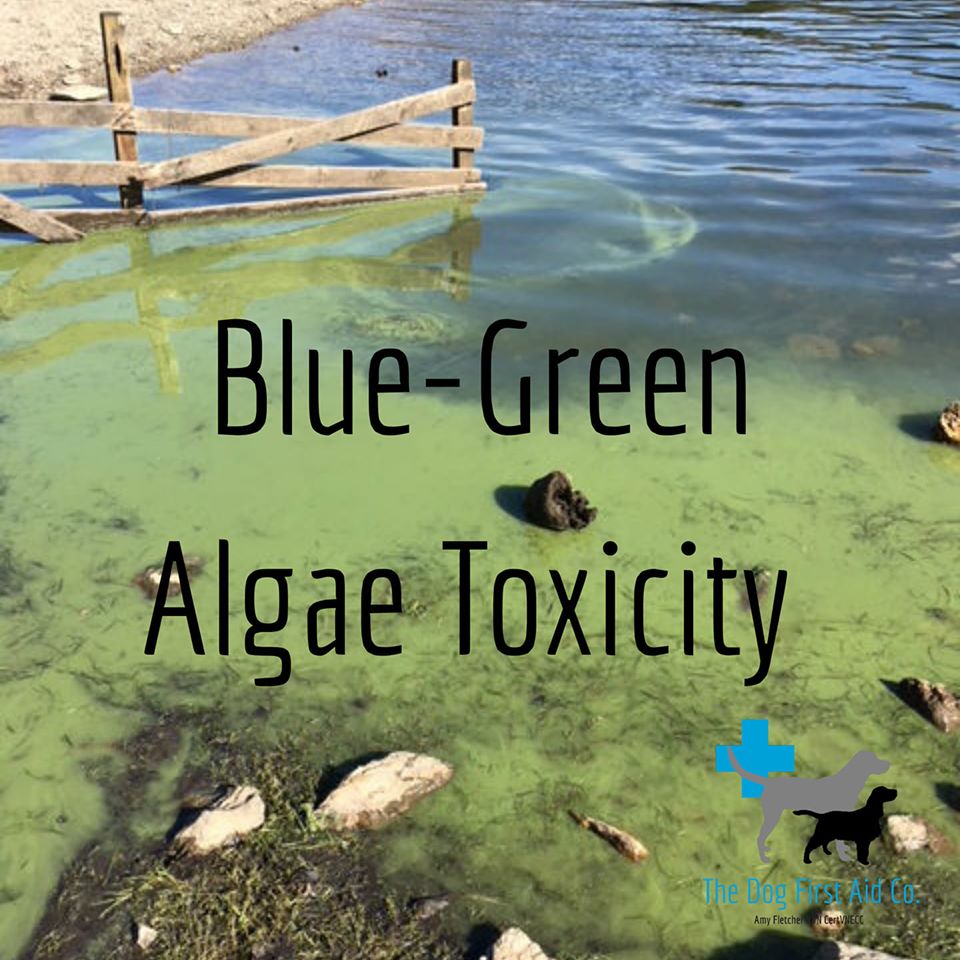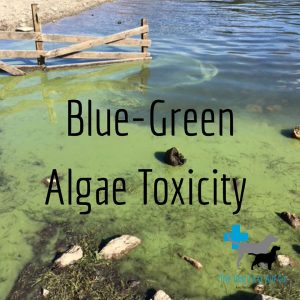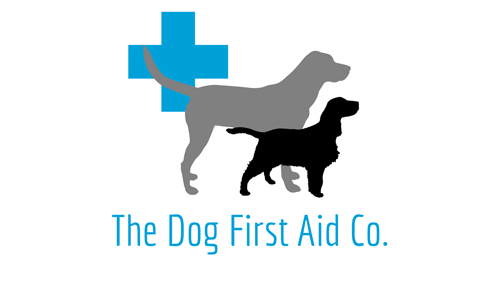
- This event has passed.
Blue-Green Algae Toxicity

Blue-green algae, formally known as cyanobacteria is a group of bacteria found in fresh water, brackish and sea water. Although cyanobacteria is not actually algae, it gets its name from the algae appearance when clumped together on water.
The algae blooms from later spring to early autumn and is most commonly seen in stagnant water during these periods of warmer weather. Although the bacteria cannot be seen, once bloomed it can be identified on top of the water as blue-green scum, small green flakes or green and brown speckles and often builds up around the edges of ponds and lakes with a foamy appearance.
Following ingestion of contaminated water, your dog may begin showing all or some of the following clinical signs:
Vomiting & diarrhoea
Disorientation
Excessive salivation
Breathing difficulties
Tremors & seizuring
Collapse
Although there is no reverse cure for blue-green algae toxicity, your vet can start treatment in aim to remove and flush the toxin from the body. Unfortunately, once consumed the condition is often fatal or can cause long term kidney damage in patients who survive.
Avoid allowing your dog to drink from or swim in water that you suspect may contain blue-green algae and look algae warning signs around lakes and ponds.
If you believe your dog has ingested blue-green algae, or if they begin showing clinical signs of algae toxicity following contact with any water you should contact a veterinary surgeon immediately.
© The Dog First Aid Co. 2020

